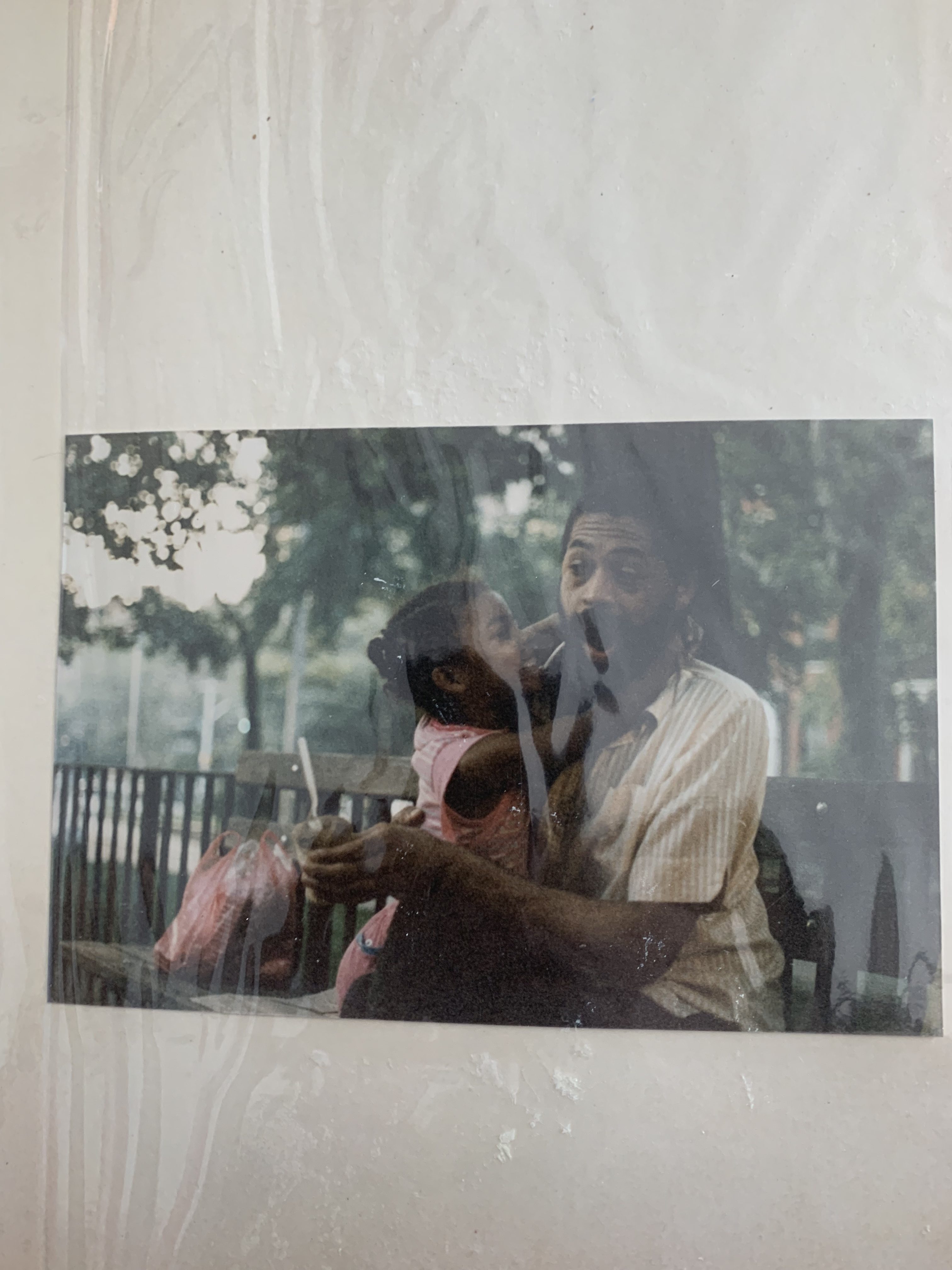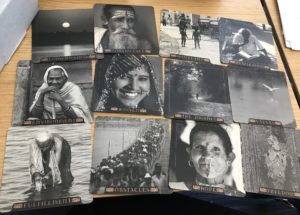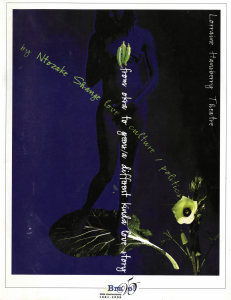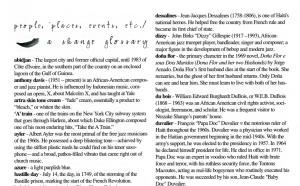This post is late.
It took two days, three naps, several sessions of frenzied storytelling, and cataloguing, reviewing, and obsessing over my footage for me to properly reflect on and come to conclusions about Thursday and Friday’s encounters with Ntozake Shange. Last year when Professor Hall gave me Shange’s address so I could write to her and I spent all summer not knowing how I could possibly put into words all the things Shange is for me, I could not imagine meeting and interacting with her.
“provenance:” the beginning, the origin point of an archive; even if two subjects interact, they do not mix
What is an archive? It is and is not a collection of texts that signify a subject: a time, a place, a genre, a person. Objects which illuminate aspects of the subject to which they are attached. This definition, as flimsy and as finite as it is, is constantly under duress. There are politics around what subjects academia deems worthy of an archive (they didn’t collect Basquiat’s journals until the yt gaze on his art had already killed him). There are politics around what can be deemed an archive. An attic full of family heirlooms, a childhood bedroom undisturbed, a quilt of old clothing, can be studied to reveal what they signify, but are they an “Archive.” Capital letters Full Stop. There are even politics around what is kept long enough to signify anything. As Shange pointed out, ” the day they freed the slaves in Brazil they [the government, the slaveowners] were commanded to destroy all the documents about slavery.” Wh(o,y,at) is history? Who has access?
“original order:” trying to maintain text in the order in which it is received.
The internet is an archive. One to which everyone (but not everyone) and anyone (but not anyone) can contribute. It is an open and radical space in which laymen’s can contribute their presence to history, can disrupt the canonical/dominant definitions of text, art, knowledge, history, existence; the list is an ever-expanding infinite. Yet, this classification/validation of the capital I “Internet” is often resisted by those who classify. There are divisive politics about what academia, journalism, and other spheres held holy by ytmen and held captive from all others save a few about what can be considered a text. Wh(o,at) is worth study? Collective recognition is what deems a text important, what creates its value. This is why we value autographs and object once owned, worn, touched, and eaten by celebrities and historical figures. How does agency, voice, and access factor into the process? For every text validated as worthy of research and study, there is one used for surveillance and marketing. A text is, as Shannon, the Shange archivist noted, “a piece that we allow to speak.” What we do with its words is up to us?
I drew pumpkins and pineapples and apples and seagulls on the page. I processed.
I napped for three hours after the open session on Friday and my subsequent interview with Shange. I discovered through it not only thing which validated and expanded my own views about womanhood, Black womanhood, love, sex, my body, my aethestic, and many other things which is would take more words than I have to express, but I also discovered that I have more in common with my classmates than I previously thought. Even with some distance, I have only movements and sounds to name the experience I had meeting Shange. Gentle hums in my throat, behind my ears, in the pit of stomach; the wrinkle I surely gave myself from darting my eyes, unable to meet her gaze. The ineffable sadness I felt that I did not hug her to say goodbye. So I offer only my notes from that day for now, my interview with her for later. Provenance of my own archive.
Movement + Lit
“the joy of breathlessness…readies the body for literature” – Zake
“approach language from a state of excitement” – Zake
Begin interviews with an excessive movement/running, dancing, drop swings
“My writing come from a pit, from deep inside of me instead of from my skin” – Zake
“slashes indicate a change in intonation…intent or voice” – Zake
“I wanted to read somebody so I decided I had to read myself” – Zake
poh-ten-see
 Funnily, my immediate response was to send the letter to my mother. On the phone later that same day, we raved about it together. Our phone call ended with my mom saying “We didn’t have classes like these when I was in college, I feel so blessed to experience them through you now.”
Funnily, my immediate response was to send the letter to my mother. On the phone later that same day, we raved about it together. Our phone call ended with my mom saying “We didn’t have classes like these when I was in college, I feel so blessed to experience them through you now.”







